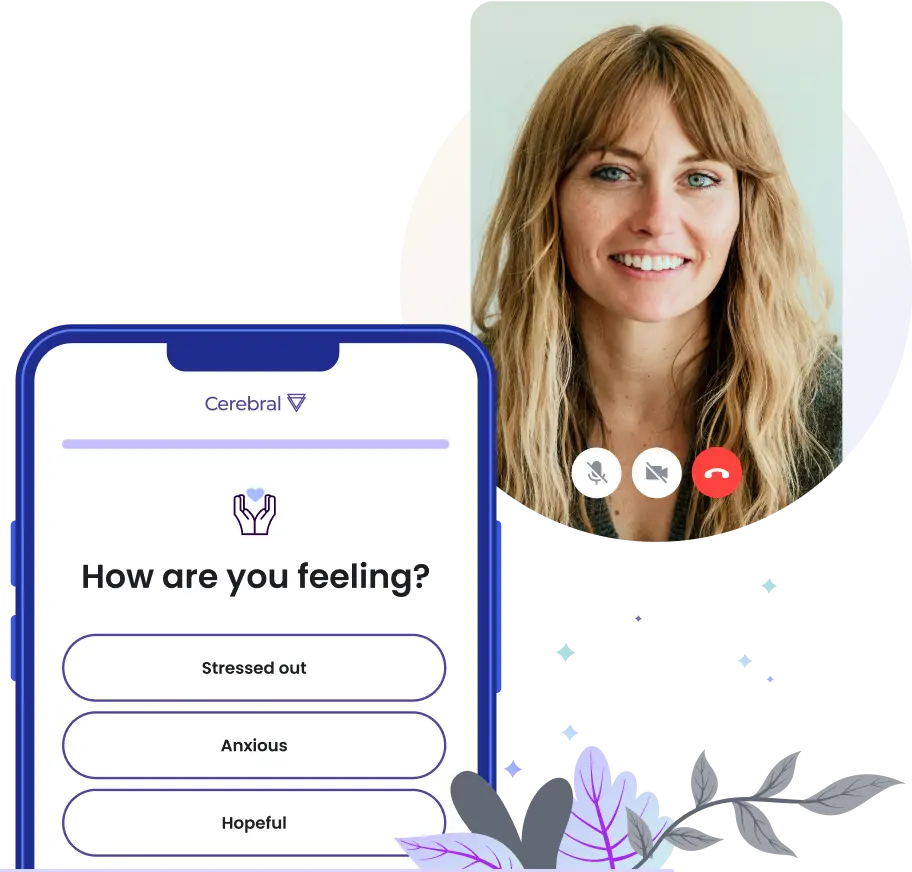/
Bipolar Disorder - Depression/
Optimism & Deep Depression: What to Know About Bipolar Disorder II
Bipolar disorder, sometimes called manic depression, is a mental health illness characterized by sudden and extreme shifts in mood, thoughts, emotions, and behaviors. It also affects a person's energy level, making it hard to create and stick to a productive daily routine. These impulsive changes, known as bipolar cycles, can last for mere hours to as long as several months.
There are three major types of bipolar disorder, with bipolar I and bipolar II as the most common categories. Among the two, bipolar II is often described as milder. However, it can disrupt one’s quality of life and level of functioning and thus warrants treatment.
What is bipolar II?
A person suffering from bipolar II has experienced distinct episodes of both low moods (depressive episodes) and high moods (hypomanic episodes). It is important to compare this to bipolar I disorder which implies, by definition, the person has experienced a manic episode.
Mania and hypomania are phases where an individual demonstrates markedly elevated mood, heightened goal-directed activity and impulsivity, increased energy levels, and decreased need for sleep. A manic episode is much more intense in severity than a hypomanic episode. By definition, a manic episode lasts more than seven days. Mood disturbances in a manic episode are severe enough to get a person hospitalized for stabilization. Symptoms of manic episodes can also include delusions, hallucinations, and paranoia.
Hypomania is the milder counterpart of mania and occurs in Bipolar II disorder. It still can interfere with day-to-day life and treatment with medication is indicated to help manage the condition.
Symptoms
Bipolar II manifests as depressive and hypomania episodes. It usually presents in discrete episodes with normal mood episodes in between. Many patients, though, experience longer and more severe periods of depression. These may go on for a few weeks or even months.
Symptoms of hypomania may include:
- Elated or irritable mood
- Markedly elevated energy than usual
- The feeling of not needing sleep.
- Unusually impulsive or reckless decision making
- Racing thoughts with pressured speech
- Getting very easily distracted
Symptoms of depression include:
- Decreased interest in previously enjoyable hobbies
- Excessive fatigue and poor energy
- Poor quality sleep: excessive sleep or lack thereof
- Appetite disturbance resulting in weight loss or gain
- Negative outlook on life
- Thoughts of death or hurting yourself
Individuals with bipolar II might also experience anxiety disorders, substance use disorders, ADHD, eating disorders, or PTSD.
The cause of bipolar II
Experts are still determining the exact causes of bipolar disorder. But research suggests that a combination of factors may increase the risks of developing this condition.
Studies show that environmental and biological factors cause bipolar II and other types of bipolar disorder. Genetics are also at play. Over two-thirds of patients have relatives with the same condition or with major depression.
Below are the three major factors that contribute to the development and progression of bipolar disorder:
1. Genetics
Family history plays a role 80% of the time. The chances of developing bipolar disorder are much higher if a parent or another close family member is experiencing the same illness. Although genetics is a strong risk factor, having a relative with bipolar disorder doesn’t mean that you will develop it.
2. Stressful life events
In those who are already genetically predisposed, stressful life events may play a role in triggering a mood episode. For example, a sudden increase in financial obligations, the death of a loved one, a physical injury, or other life stressors can trigger or worsen the condition. Many people find it hard to deal with psychological distress, triggering a series of depressive and hypomanic episodes.
3. Chemical imbalance in the brain
Brain chemical imbalances play a role in the development and progression of mental health problems like depression, bipolar disorder, and schizophrenia. But no evidence proves that these imbalances are the initial cause, nor solely responsible, for the development of these illnesses.
How to treat bipolar II
There is no known cure for bipolar II. It’s a lifelong illness that can worsen when left untreated. The good news is that there are ways to manage the symptoms and live a healthier, more productive life.
A bipolar disorder diagnosis is reached after a series of evaluations, including a physical exam, psychiatric assessment, and mood charting. Then, the doctor recommends treatments that may involve the following:
1. Medications
Antidepressants, mood stabilizers, and possibly anti-anxiety medication help control mood swings and manage distress. These medicines are important even when you’re feeling well to prevent relapse.
2. Therapy
While undergoing therapy, people struggling with bipolar disorder can talk about their thoughts and feelings and learn to make things more manageable. Patients may go through different therapies, from interpersonal and social rhythm therapy to cognitive and family-focused therapy. They can also join support groups for encouragement and build a stronger sense of community.
3. Healthy lifestyle changes
A healthy lifestyle is critical in managing bipolar disorder. Apart from taking medication and attending therapy, eat good-mood foods and get adequate sleep. Anxiety can trigger hypomania and depressive episodes, so distance yourself from stressful situations. Most importantly, ask for support from your loved ones and maintain good relationships with the people around you.
Is it bipolar II? Get an accurate diagnosis today
Approximately 2.8% of adults in the U.S. have bipolar disorder. This does not, of course, account for the many who are misdiagnosed and left untreated. Often, it’s hard to distinguish from other mental health conditions, including major depression, anxiety disorders, and even personality disorders, as well.
If you feel you may be suffering from bipolar disorder, reach out to your health care provider right away to get an accurate diagnosis. Also, take care of yourself and continue monitoring your condition, from every emotional shift to your energy level.
At Cerebral, we can help you recognize bipolar disorder symptoms and lead you to the most appropriate course of treatment. Our team of mental health providers is equipped to provide reliable online therapy and medication management sessions to treat mental health disorders.
We also offer tailored online therapy plans, depending on every client’s needs. Learn more about our services on our FAQs page.
Let us help you manage all the emotional ups and downs, so you can live a better life. Take this free emotional assessment today. This will help us understand your current condition and recommend the right treatment for you.

How to Support a Loved One with Bipolar Disorder

Bipolar vs. BPD: How To Tell The Difference

9 Common Triggers for Bipolar Episodes

Call 911 if you’re having a
mental health emergency
Text Home to 741-741 if you're in emotional
distress and need immediate support
Call or text 988 Suicide &
Crisis Lifeline. Chat service
is available at 988lifeline.org.